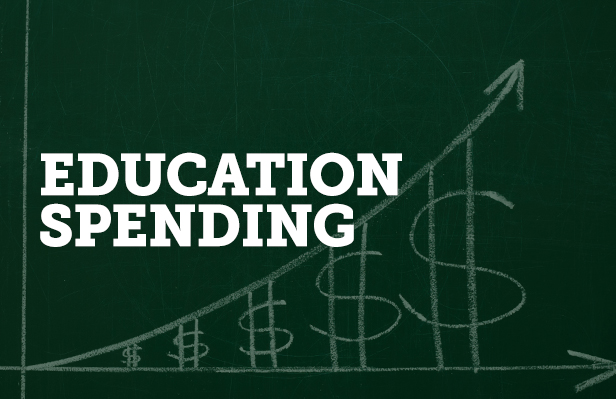Media

The Reality of PA School Spending
The debate over education funding has found its way into the courts. Several school districts and residents are suing the state to fix an allegedly “unfair, inadequate and unconstitutional” school funding system.
Citing data from the U.S. Census, the petitioners claim Pennsylvania ranks 47th out of 50 states in the proportion of total education funding provided by the state.
But this statistic doesn’t paint a complete picture. Pennsylvania’s local share of education funding is well above the national average, making the state’s portion look smaller. Still, even the state’s per-student contribution exceeds the national average in the U.S.
If the plaintiffs in this case want to reduce the funding disparity among school districts, they could request a cap on local education spending. Instead, they’ve demanded more money.
But money is not the real issue. Here’s why.
According to the National Center for Education Statistics (NCES), Pennsylvania spent an average of $16,627 per-student in 2015. This is $3,743 above the national average. Just eight states rank ahead of Pennsylvania in per student spending.
PA Department of Education figures show total educational expenditures of $28.3 billion for Pennsylvania in 2016, with $10.4 billion of this total provided by the state. Both figures are state records. In fact, Pennsylvania ranks 6th (paywall) among all states in total K-12 spending. What’s more, Pennsylvania total education spending has increased by 14.3% since 2012!
Not one of these figures is meant to suggest Pennsylvania’s school system isn’t broken. On the contrary. But if disparities exist between rich and poor school districts, throwing money at the problem is not the answer.
To reduce academic and financial inequality between districts, policymakers should expand parents’ educational options for their children through Education Savings Accounts (ESAs), the Educational Improvement Tax Credit (EITC), and the Opportunity Scholarship Tax Credit (OSTC).
Collective bargaining transparency and school mandate relief are two additional solutions that could free up resources for students and protect working people from property tax hikes.
While the education funding lawsuit is well-meaning, it fails to acknowledge the reality: more government spending is not going to save Pennsylvania students from violent and underperforming schools.